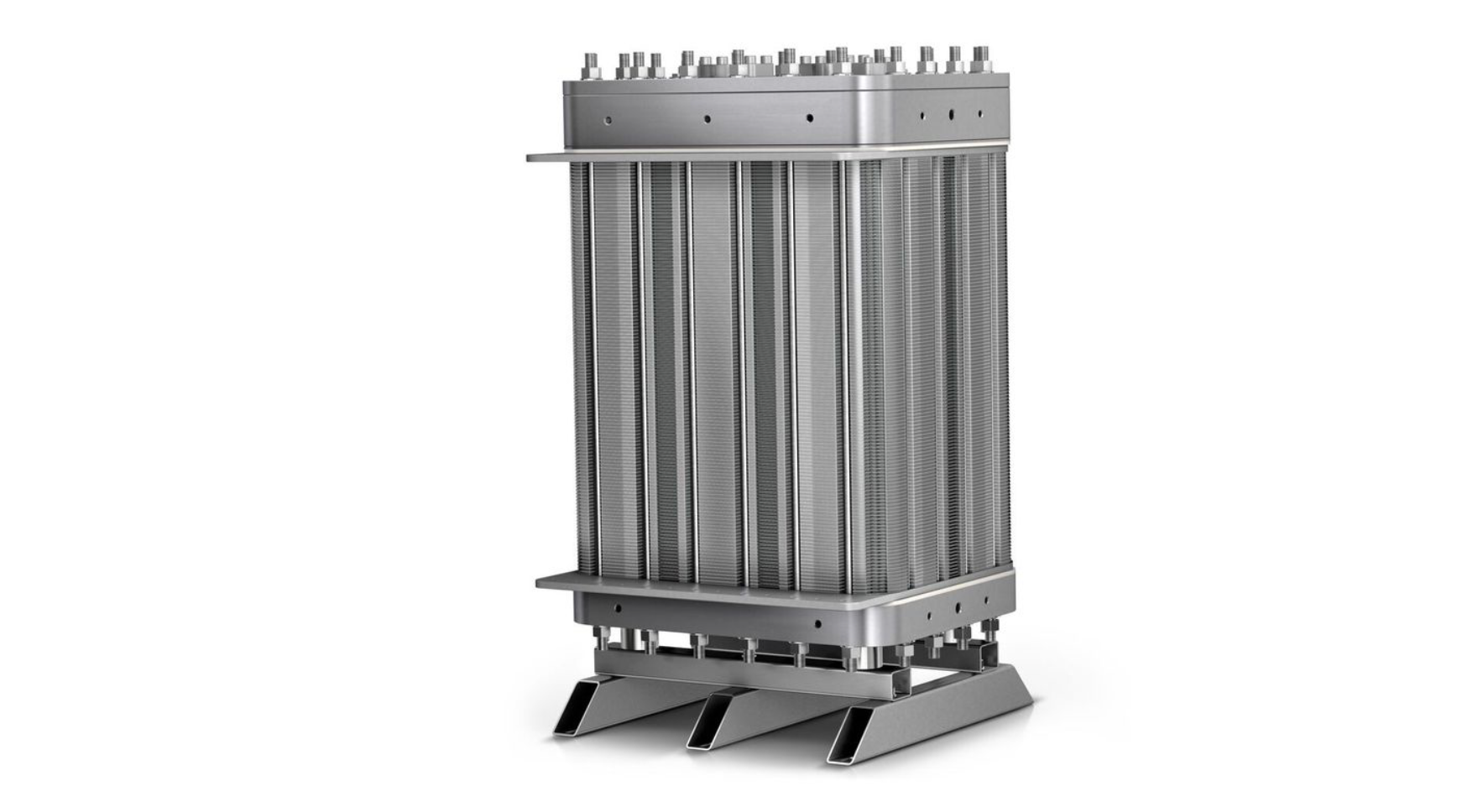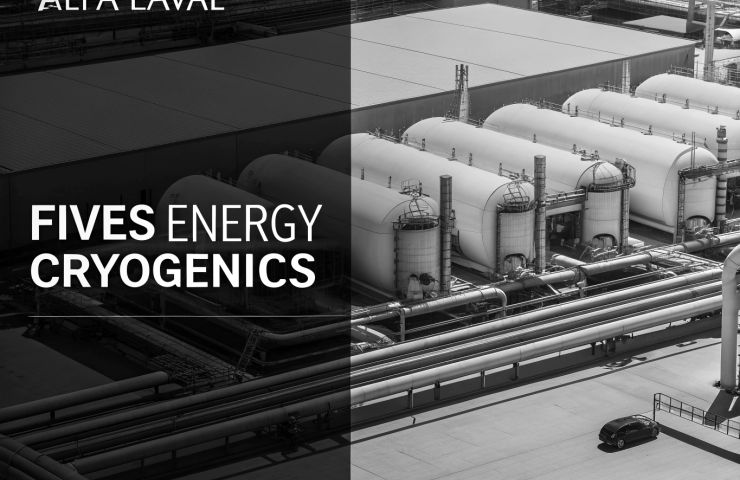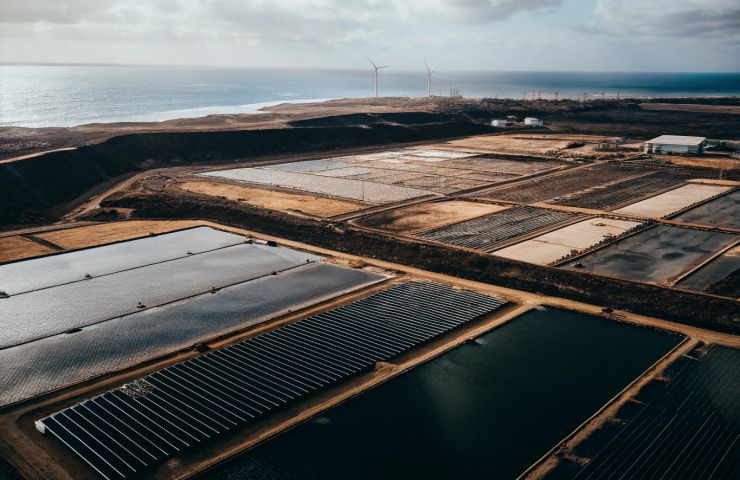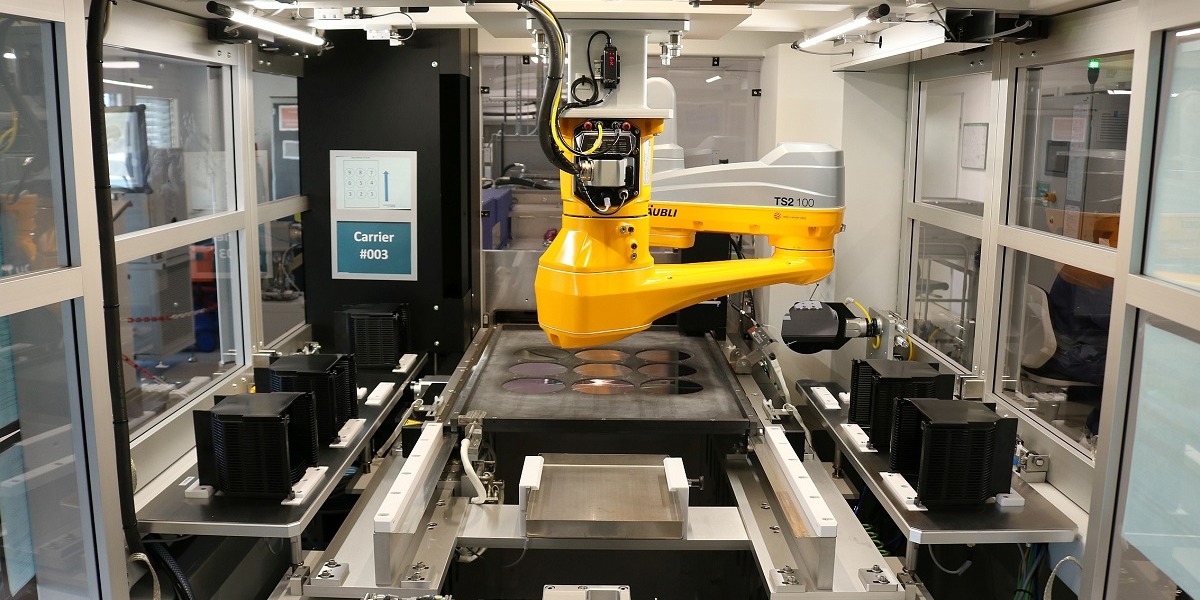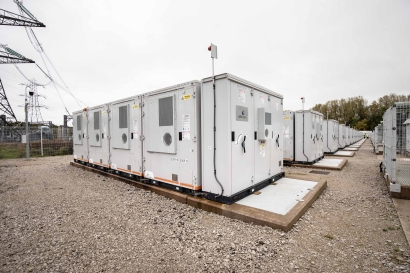Swiss researchers seek to simplify TOPCon cell production with single-step annealing process
A Swiss research team has developed a novel single-step annealing process for tunnel oxide passivating contact (TOPCon) solar cells. Demonstrating the approach, the scientists built a proof-of-concept TOPCon device with a 21% efficiency.

A Swiss research team has developed a novel single-step annealing process for tunnel oxide passivating contact (TOPCon) solar cells. Demonstrating the approach, the scientists built a proof-of-concept TOPCon device with a 21% efficiency.
Researchers at École Polytechnique Fédérale de Lausanne (EPFL) and Center Suisse d’Electronique et de Microtechnique (CSEM) in Switzerland developed a novel single-step thermal annealing process for tunnel oxide passivating contact (TOPCon) solar cells.
The new process is intended to simplify the annealing process, which is currently being implemented by the PV industry through a two-step technique, and reduce TOPCon PV energy payback time. “We are convinced that leaner processing is needed to reduce the input of energy during manufacturing and thus further reduce energy payback time of solar cells,” corresponding author, Franz-Josef Haug, told pv magazine.
The proposed one-step process utilizes plasma-enhanced chemical vapor deposition (PECVD) to form boron emitters at the front and on the rear side polysilicon and silicon (poly-Si) passivating contact layer of the device. “To this end, we first studied boron emitter formation by diffusion from boron-doped silicon oxide (SiO????) source layers,” said the researchers, adding that they were then able to tailor the surface concentration and depth of the boron emitter profile by adjusting the PECVD parameters and annealing conditions.
Secondly, they sought a suitable poly-Si-based passivating contact for co-annealing. After evaluating the contact for passivation, conductivity, and resistance to surface cleaning via hydrofluoric acid (HF), standard clean 2 (SC2) and oxygen-ozone therapy (DI-O)) treatment, the researchers found that a standard poly-Si(n) contact with thin SiO???? demonstrated resistance to HF but had poor tolerance to annealing at 900 C.
The issue was solved by introducing an additional nitrous oxide (N2O) plasma treatment, which enabled the achievement of up to 720 mV at 900 C, being compatible with a front B-emitter.
In the final step, using the chosen conditions for the boron emitter and poly-Si passivating contact, the group produced a proof-of-concept solar cell using varied flow rates of trimethylboron (TMB) and firing temperatures. “The variation in TMB flows was used to evaluate the influence of B-emitter profiles at the cell level, while the firing temperatures were varied to evaluate the effect of paste penetration on cell performance,” said the team.
The highest cell efficiency of 20.99% was found for the highest peak firing temperature at 840 C and an intermediate TMB flow of 50 standard cubic centimeters per minute (sccm). The group said the “promising” efficiency was reached within only a few batches of using the new process.
The group stressed that the work represents “some of the first evidence that single-step processing can produce a diffused emitter with a rear passivating contact.”
It also provided a list of strategies for further improvements of the boron emitter profile and AlO???? passivation to “substantially” increase efficiency, some of which might require “re-optimizing” the rear-side passivating contact, as well as the use of laser-enhanced contact optimization (LECO) and fine-line printing techniques.
The study “Co-annealing of PECVD boron emitters and poly-Si passivating contacts for leaner TOPCon solar cell fabrication,” appears in Solar Energy Materials and Solar Cells.
Presently, the researchers are investigating perovskite/TOPCon tandem cells. “Most research on tandems is done with heterojunctions, but looking at the market share of technologies, integration in commercial modules is more likely to be with TOPCon bottom cells,” said Haug.
What's Your Reaction?






















